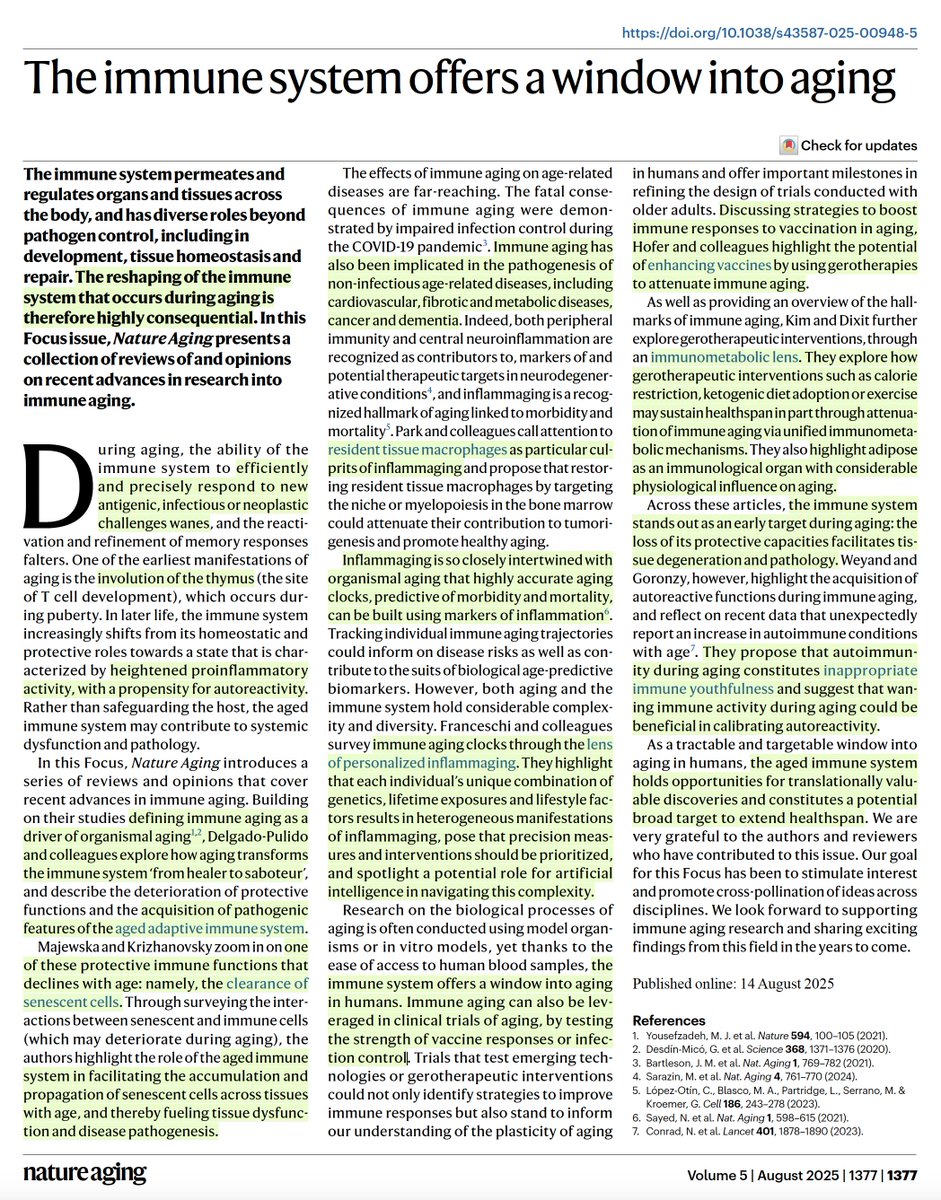Debunking the notion that boosters don't reduce Omicron symptomatic infections. Another new study from Qatar shows they are halved medrxiv.org/content/10.110… matched >400,000 people with mRNA vaccines 2 vs 3-dose 

The booster reduction for Omicron symptomatic infections for 3-dose vs 2-dose was 66% in the @JAMA_current report yesterday
jamanetwork.com/journals/jama/…
jamanetwork.com/journals/jama/…

Booster vaccine effectiveness vs Omicron infections 62% (2 dose 32%) @UKHSA in people without Prior Covid
assets.publishing.service.gov.uk/government/upl…
and higher with Prior Covid, hybrid immunity, as seen in all studies
assets.publishing.service.gov.uk/government/upl…
and higher with Prior Covid, hybrid immunity, as seen in all studies

Since the booster protection vs Delta symptomatic infections was 95% and vs Omicron it is ~50%, that is a 10-fold increase in breakthroughs
Which is why there is the misperception that there is no booster protection from infections or transmission w/ Omicron
*when there is*
Which is why there is the misperception that there is no booster protection from infections or transmission w/ Omicron
*when there is*
They are cut in half; 90% vs hospitalizations
I watched @billmaher and @bariweiss last night @RealTimers and it is so obvious they are not in touch with the data and, unfortunately, propagating misinformation
I watched @billmaher and @bariweiss last night @RealTimers and it is so obvious they are not in touch with the data and, unfortunately, propagating misinformation
And, as reported in yesterday's @CDCMMWR, boosted 50% reduction in cases during Omicron wave cdc.gov/mmwr/volumes/7… 

Adding this important study, the largest household (~12,000) contact study for Omicron and Delta infections and *impact of booster* (3rd) dose vaccination:
Infections were reduced OR 0.54, CI 0.40-0.71)
Transmission risk reduced OR: 0.72, CI: 0.56-0.92)
medrxiv.org/content/10.110…
Infections were reduced OR 0.54, CI 0.40-0.71)
Transmission risk reduced OR: 0.72, CI: 0.56-0.92)
medrxiv.org/content/10.110…

First post of this thread, Figure label correction by authors (Moderna, panel B, not Pfizer in both panels)
And full discussion of these findings
erictopol.substack.com/p/where-do-we-…
And full discussion of these findings
erictopol.substack.com/p/where-do-we-…

• • •
Missing some Tweet in this thread? You can try to
force a refresh


















